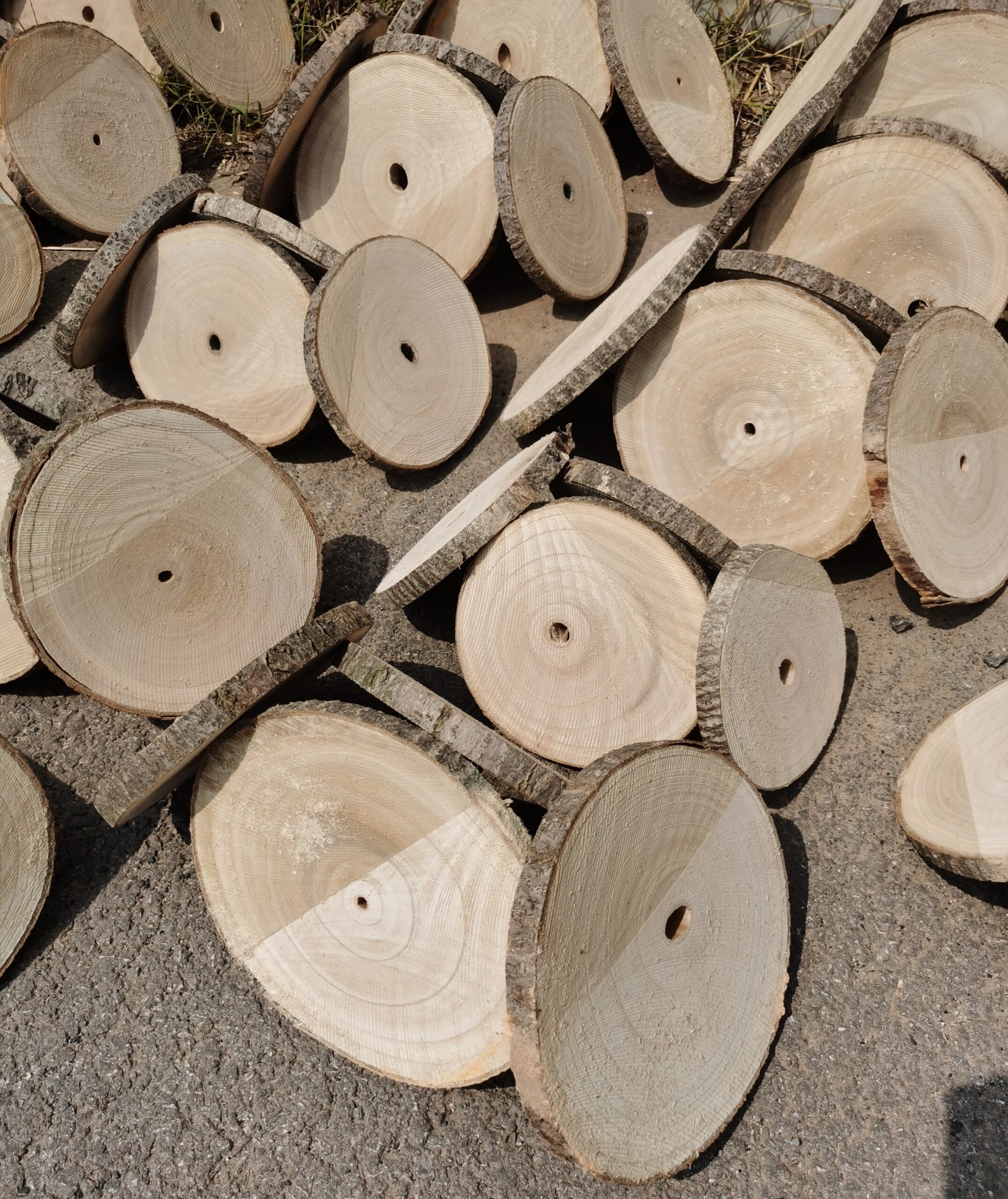Kiri is a tree native to Asia, mainly China, Japan, and Korea. It is a deciduous tree that grows very quickly and can reach an impressive size in a short period of time.
Its scientific name is Paulownia, but in German-speaking countries it is often known as the bluebell tree due to its characteristic flowers.
It is valued in both traditional and modern gardens, as well as for reforestation and soil conservation. Due to its ability to grow quickly and improve soil quality, Paulownia is often planted to rehabilitate damaged areas.
Hybrid forms of the Kiri tree can also be grown successfully and sustainably here in Europe. You can buy a seedling yourself from our partner Daniel Pretzl, directly on his Paulownia shop.
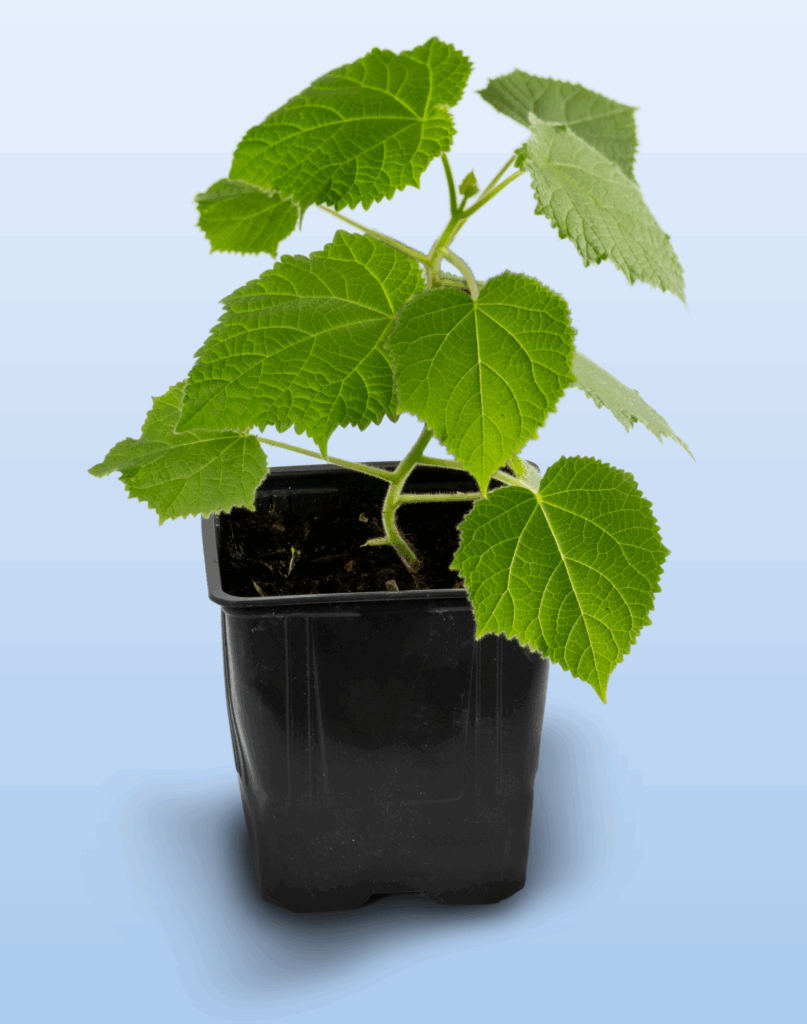
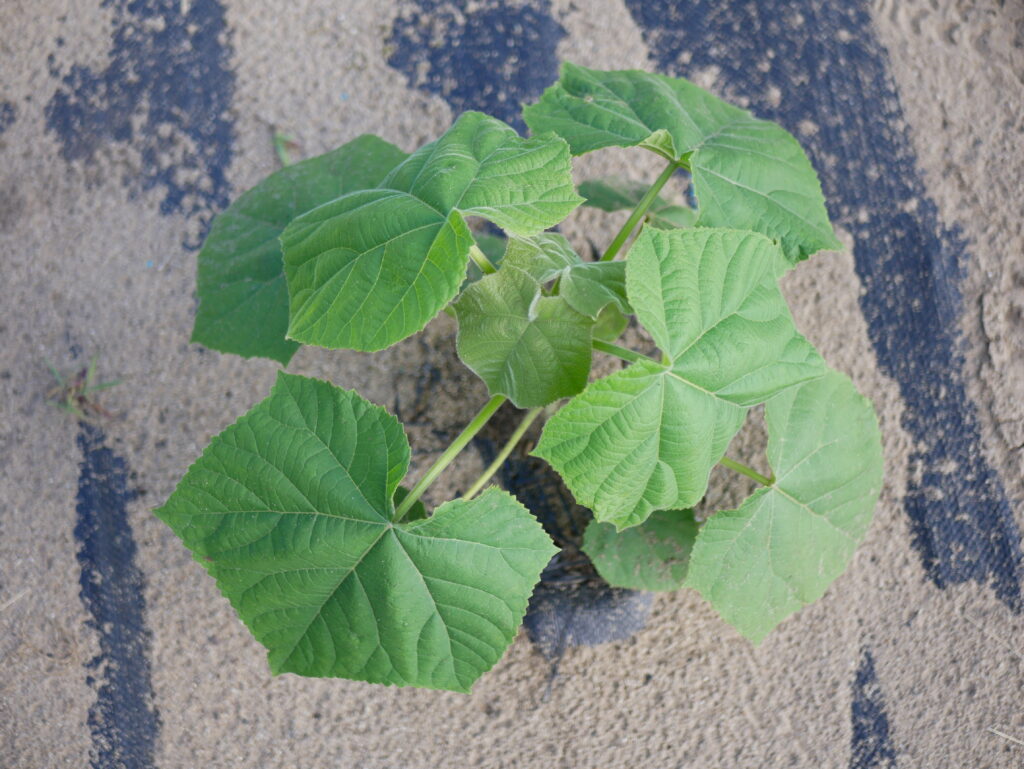
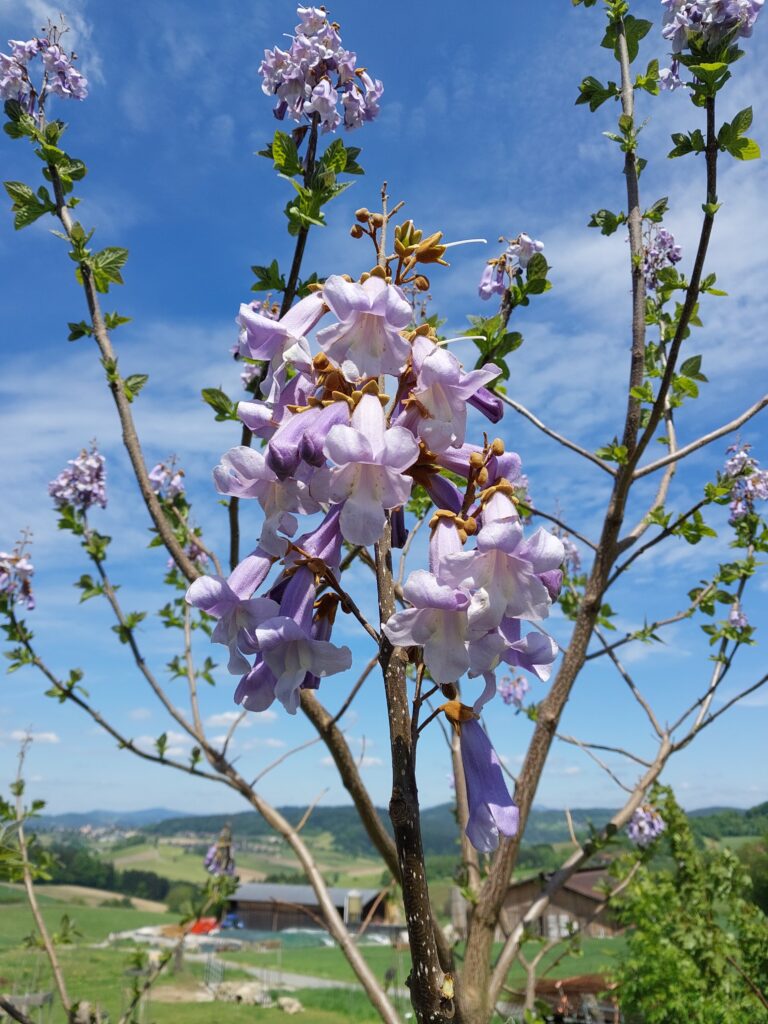
Special properties
Lightweight
One of the most characteristic features of the bluebell tree is the exceptional lightness of its wood. It weighs only 270 kg/m³ on average, making it lighter than the common lightweight woods on the European market, such as poplar and abachi, and one of the lightest types of wood in the world.
Flexible & strong
Kiri wood is characterized by its exceptional flexibility, making it an ideal material for many applications. Thanks to its high strength, it can be easily shaped and bent without the risk of cracking or damage.
Durable
Paulownia wood is resistant to deformation, cracking, and mechanical damage and also has natural hydrophobic properties that make it weather-resistant. Due to its resistance to moisture and rot, it has been used for decades in shipbuilding and surfboard manufacturing.
Sustainable
The paulownia tree grows extremely quickly and the same tree can be cut down several times. The plant is wrongly accused of displacing native species in Europe. However, the paulownia is very uncompetitive and, in any case, is only approved as a hybrid in Europe. These cannot reproduce, so the tree is not invasive. At the same time, the paulownia tree is drought-resistant from the third or fourth year onwards and therefore does not require a lot of water. It is also very well suited for dual use of land with other plants. An all-round sustainable package.
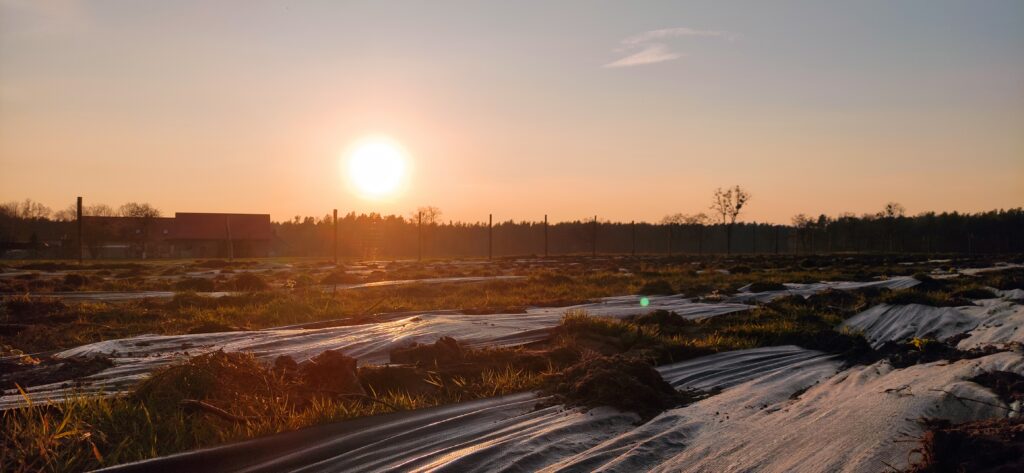

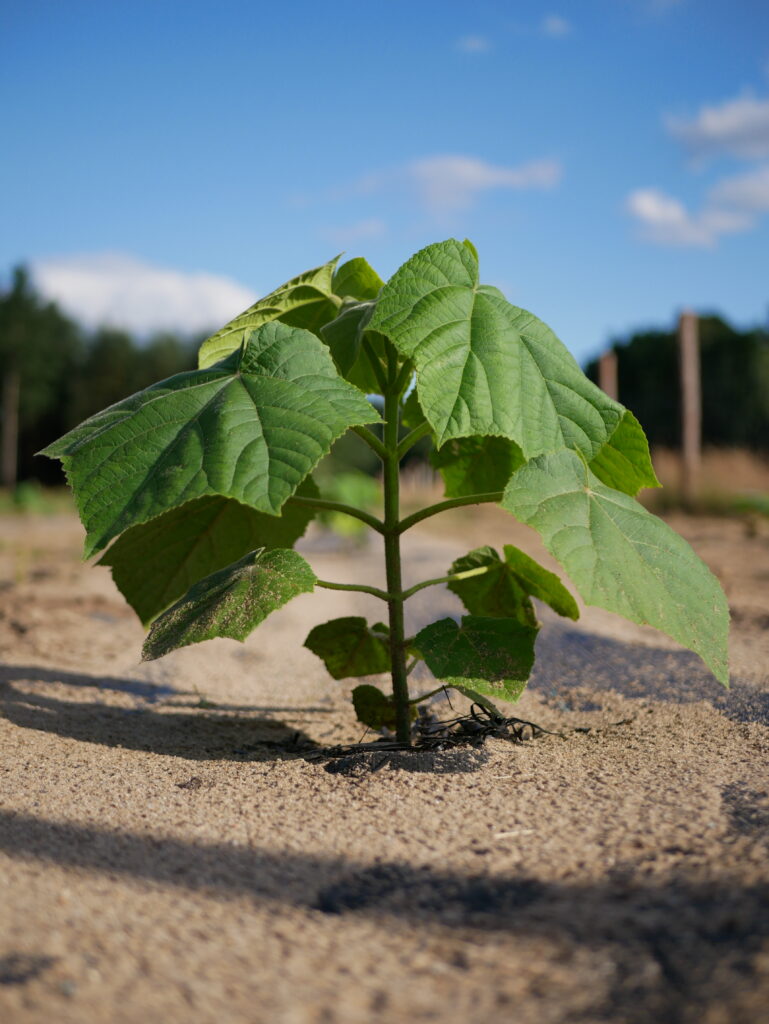



Kiri sawn wood
| Density (at 12%-15% moisture content) | 268 kg/m³ |
|---|---|
| Mean moisture content | 13,4% |
| Shrinkage in longitudinal direction | 0,12% |
| Shrinkage in tangential direction | 0,22% |
| Shrinkage (vol.) | 0,327% |
| Drying shrinkage (rad.) | 0,69% |
| Thermal resistance coefficient | 0,09 W/mK |
| Flexural strength | 42,47 N/mm² [MPa] |
| Static flexural modulus | 5033 N/mm² [MPa] |
| Tensile strength along the fibers | 43 N/mm² [MPa] |
| Compressive strength along the fibers | 23,42 N/mm² [MPa] |
| Screw resistance | 511 N |
| Flash point | 420°C |
| Fire protection class | B – s1, d0 |
Kiri plywood
(Values for 15 mm plywood, 7 layers, MUF gluing)
| Density | 338 kg/m³ |
|---|---|
| Thickness swelling | 3 % |
| Three-point bending strength (MOR) – parallel | 31 N/mm² [MPa] |
| Three-point bending strength (MOR) – perpendicular | 21 N/mm² [MPa] |
| Three-point modulus of elasticity – longitudinal | 3785 N/mm² [MPa] |
| Three-point modulus of elasticity – transverse | 1996 N/mm² [MPa] |
| Tensile shear strength | 1,8 N/mm² [MPa] |
| Screw withdrawal resistance | 62 N/mm |

